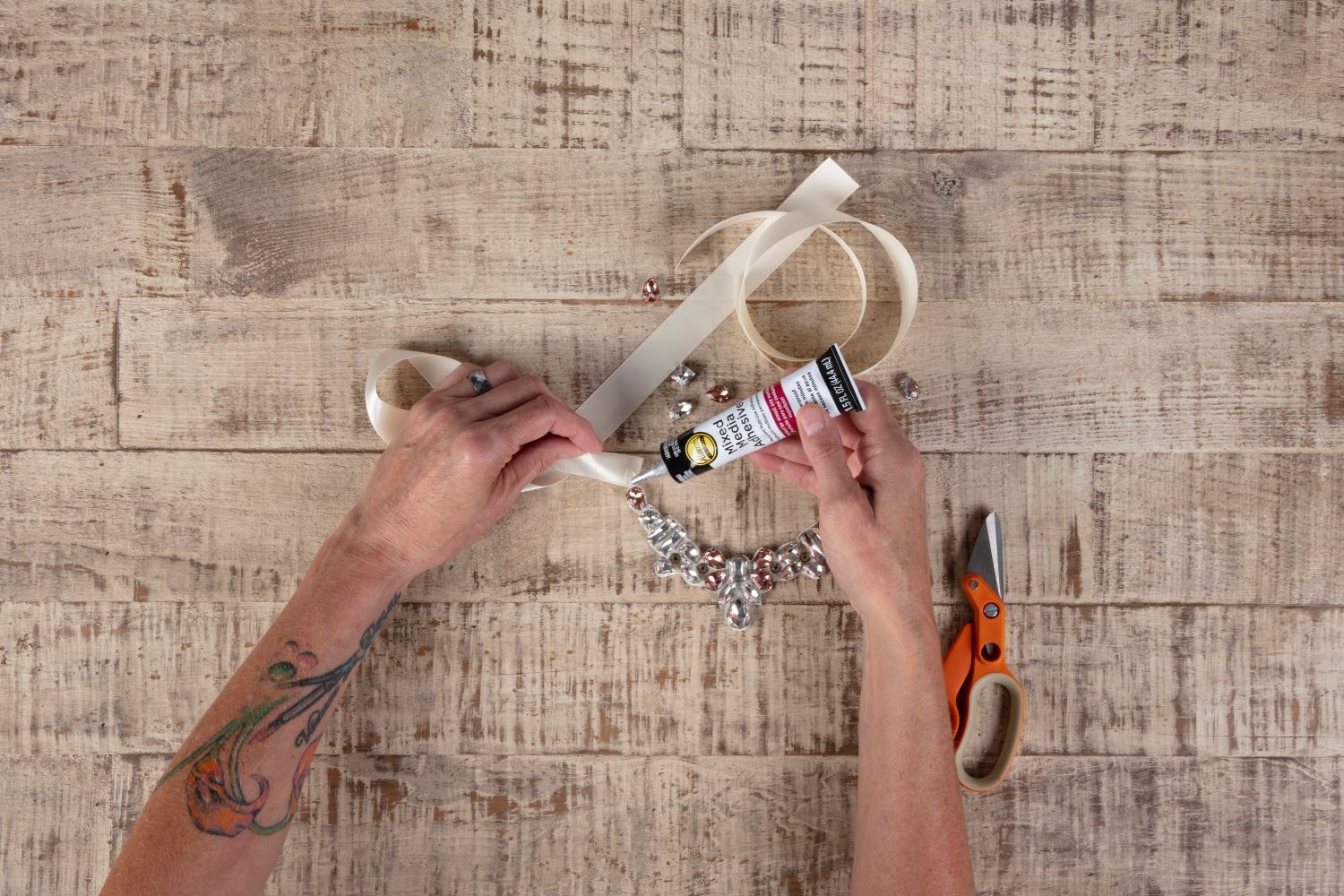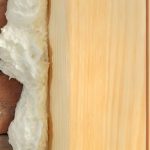Gluing fabric into plastic is a great way to create a variety of interesting projects.
Whether you’re making a purse, a hat, or something else entirely, it’s important to understand how to properly glue fabric to plastic to ensure a strong bond and a long-lasting project.
Here’s what you need to know about gluing fabric to plastic.
What You Need Before Gluing Fabric to Plastic
Contents
When it comes to gluing fabric to plastic, the type of materials you use is just as important as the tools.
For fabric, look for lightweight fabrics such as cotton or polyester that won’t add too much bulk or weight.
For plastic, opt for rigid plastics such as ABS or PVC that will hold up over time without warping or cracking.
As far as tools go, you’ll need an adhesive suitable for bonding fabric and plastic together (such as E6000 or Super Glue), a brush or roller for applying the adhesive, scissors for cutting the fabric if needed, and protective gloves and eyewear if desired.
How to Glue Fabric to Plastic
Preparing Your Materials
Before gluing your fabric and plastic together, it’s important to properly prepare each material so that they bond correctly.
Start by cleaning both surfaces with rubbing alcohol or soap and water to remove any dirt or debris that could interfere with the adhesive.
Next, use scissors or an X-Acto knife to cut your fabric into the desired shape and size before sanding down any rough edges on your plastic piece.
Finally, if necessary, apply a coat of primer on both surfaces to ensure the best possible bond between them.
Applying the Adhesive
Once your materials are prepped and ready for gluing, it’s time to apply the adhesive.
Start by applying a thin layer of adhesive to both surfaces using either a brush or roller, depending on your preference.
Make sure not to overdo it—too much adhesive can cause problems later on when trying to remove excess glue from your project once it has dried.
When applying the adhesive onto larger projects like purses or hats, be sure not to skimp on quantity – use enough so that all areas are securely bonded together when pressed together firmly once dry.
Gluing Fabric To Plastic
Now that everything is prepared, it’s time for the fun part: gluing your fabric and plastic together. Start by positioning your pieces so that they fit together snugly before pressing them firmly together with even pressure all around. This will help ensure that they stick securely together when dry without any gaps between them, which can weaken their bond over time.
Once everything is in place, let your project sit undisturbed until completely dry before handling. This will help prevent any accidental shifting while drying, which can cause uneven results once finished.
And there you have it—now you know how easy it is to glue fabric to plastic. With these tips in mind, you should now be able to confidently create all sorts of unique projects using this technique. Just remember safety first when working with adhesives.
Conclusion
Gluing fabric to plastic can be a tricky task, but with the right materials and techniques, it can be done successfully.
The most important thing is to make sure that the surface of the plastic is clean and free of dirt or oil before applying any adhesive. There are several types of adhesives available for this purpose, including hot glue, contact cement, and spray adhesive.
It is important to follow the manufacturer’s instructions for the best results. Once the adhesive is applied, it is important to press the fabric firmly onto the plastic and allow it to dry completely before use.
With careful preparation and application, the fabric can be securely attached to plastic surfaces.






